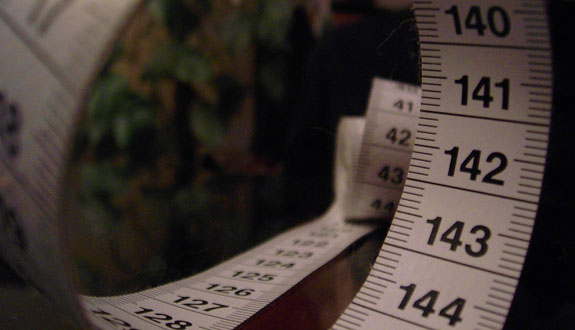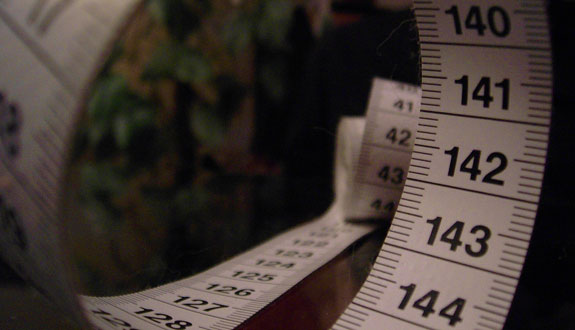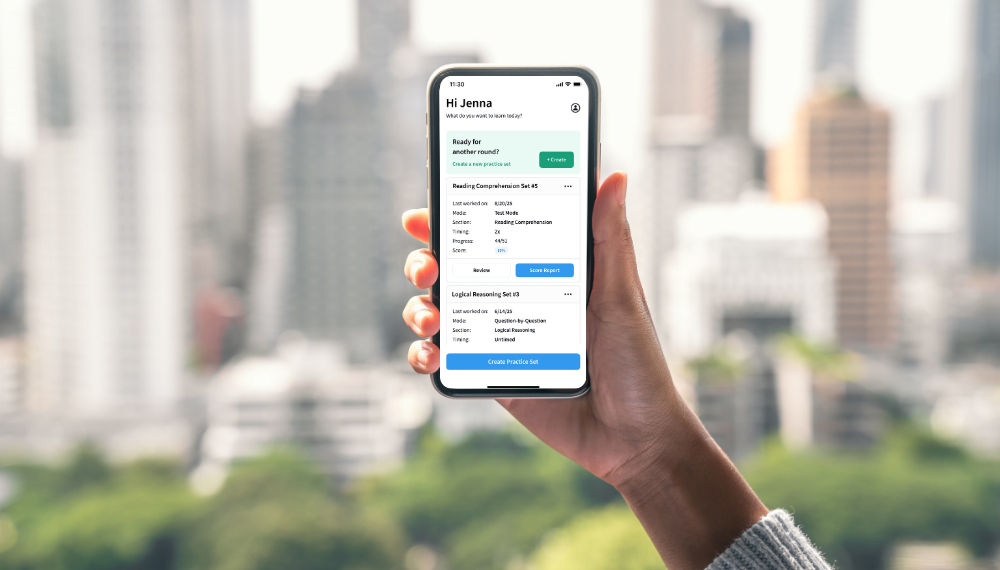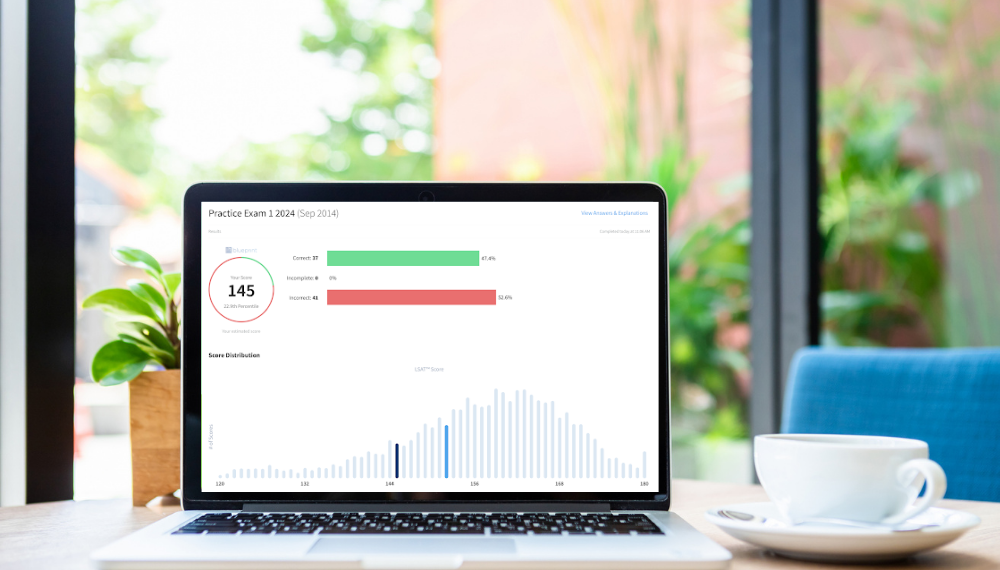
November test takers, it finally happened this morning. As promised, the icons on your LSAC account turned gray, and then around 9 am Eastern Standard Time, the scores from the November LSAT began trickling out. Whether you waited for the email to arrive in your inbox, or obsessively refreshed your browser until the score doc appeared in your account, your score eventually manifested.
And given the holiday season we find ourselves in, we hope your score brought you good tidings and good cheer. If it did, our warmest congratulations go out to you. You are officially done with this chapter of your law school journey. Onwards to applications, and then admissions, and then financing and 1L and the job market and the bar … oh goodness, that’s all too much. Let’s take it one step at a time and celebrate today’s accomplishment.
If your score did not bring you the appropriate level of holiday cheer, that’s OK too! Remember, there’s are many other LSATs you can take. The next one you can still sign up for is the February 22 exam (deadline to register is Tuesday, January 7, 2020). But there will be exams to take in March and April and almost every month of 2020 as well. Rest assured that when you eventually apply to law school, they’ll make their decisions based on your highest score. So there’s no reason to let yourself be discouraged by one disappointing score.
As we do for every published exam, we’ll give our full rundown of this exam soon. But for now, we’ll give you a little preview on some of the more discussed parts of the exam. (We’ll be discussing, of course, the just-today-finally-released November 2019 exam, officially titled Prep Test 89. We won’t be discussing the make-up exams given on December 8th, which were apparently the February 2013 and February 2015 tests.)
Two parts of this exam really stood out to test takers: the so-called peptides passage and the country inspector game. So let’s chat about those. The peptides passage was a wild ride — it first told us about the race to make microchips smaller, and the logistical challenges in attempting to do so. It then discussed how cells might provide a model for making microchips nano-sized. But then it brought in two people researching the mollusk abalone (wut?), and how they found that the peptides in an abalone shell might make microchips nanoscopically tiny. These two researchers, as far as I could tell, decided to play god and form “a billion” different types of peptides so they could accelerate the evolutionary process until they found a type of peptide that could make microchips smaller. We’ve had memes on our mind here, and this was all very wavy Mr. Krabs material. There were a veritable onslaught of details here and unfortunately for test takers, many questions were about those details. However, focusing on the overall cause and effect structure helped simplify this passage a great deal. More on this one later.
People really weren’t exaggerating the difficulty of the “country inspector” game, the fourth game on the Logic Games section. To start, it was a tiered ordering game with three different tiers, which gives us enough to keep track of already. In addition, and keeping with the trend established by recent games, it was severely underbooked. We had to place each player in three different places in our set-up, and each placement greatly affected the placement other players. It was a lot to keep track of. Fortunately, there was a relatively straightforward and common way to make scenarios on this game that answered a majority of the questions. However, answering the remaining questions required a not-at-all-obvious deduction that would have been extremely tough to make on a timed test. More on this one later, too.
Given these two hard portions, many expected a fairly generous curve. This wasn’t quite the case, at least for the highest scores, unfortunately. People thought that maybe you could miss eleven or twelve questions on the exam and still earn a 170. Turns out, it was what people refer to as a “-10” curve. Below, we have the curve for this exam, compared to the curves of many recent exams. (These figures refer to the number of questions you can miss on the test and still earn the respective score.)

Again, we’ll be back soon to provide context for these figures by doing a deep dive into this test. For now, whether your score was a meh or amazing, congratulations for making through the score release day.




